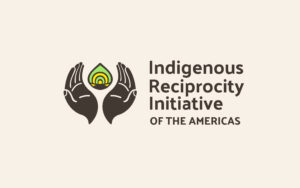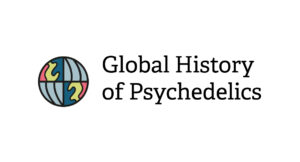- Early Experimental LSD Cultures in the Clinic - November 8, 2023
From its very beginning, when a drop of LSD-25 permeated the skin of Albert Hofmann’s fingertips in Sandoz laboratories in 1943, the substance has been a negotiator of boundaries. Symbolized by Hofmann’s bicycle ride, the first intentional trip with the mysterious drug, it has since stood for journeys into unknown realms, expanding limits, and subverting authority.
In its early history, however, it initially reinforced a demarcation that is central to modern societies: the one between the normal and the pathological. It was not until the 1960s that LSD became a political substance filled with subversive potential. In the two decades prior, it was used to study differences between healthy and ill; body and mind; and the subjective and the objective.
My chapter in Expanding Mindscapes analyzes early practices of meaning-making around LSD in the clinic, a crucial site for negotiating the normal and the pathological.
My chapter in Expanding Mindscapes analyzes early practices of meaning-making around LSD in the clinic, a crucial site for negotiating the normal and the pathological. During the second half of the twentieth century, these categories became increasingly flexible and disputed in psychiatry, culminating in the anti-psychiatry movement of the late 1960s.
Psychiatric clinics are closely intertwined with the history of hallucinogens, and not just in terms of clinical trials on patients. In Switzerland, some institutions were also involved in several stages of the production process, such as sorting ergot for Sandoz.
Find more information on the upcoming Psychedelic Culture Conference.
It was also in these psychiatric settings that most early experiments with LSD and psilocybin were conducted on healthy subjects, such as chemists, laboratory personnel, students, artists, musicians, and writers, temporarily expanding their subjects beyond the usual nurses, patients, and physicians. Unlike private self-experimentation, the psychiatric setting provided credibility, appropriate methods, and access to technologies, such as Rorschach tests and audiovisual recordings.
It seems necessary, then, to rethink the concept of the clinic as a closed or remote entity for it to emerge as a site of everyday life, in line with a practical turn in the historiography of psychotropic drugs and the clinic. The site of analysis is hence the clinic in a broader sense, reimagined as a crucial node of an intense but unequal exchange of material, knowledge, and meanings.

Discover the Indigenous Reciprocity Initiative of the Americas
The case of Switzerland is particularly unique and notable because it was here that LSD first found its way into psychiatry through personal connections. The links between the Swiss pharmaceutical companies and many of the larger clinics, notably in Basel and Zurich, were exceptionally close. When Sandoz began testing new ergot drugs for possible therapeutic use in the 1930s, a system was set up whereby the company temporarily paid the salary of an assistant doctor. Thus, psychiatric clinics became laboratories of sorts, springing into action shortly after a new compound left the firm. From these close interactions between the clinic and the industry, an experimental culture emerged that eventually transcended its boundaries.
The early history of hallucinogens in Swiss clinics shaped narratives that proved influential: the analogy of LSD intoxication with psychosis, the biochemical basis of the psyche, and a first conceptualization of LSD as a subjective substance.
The early history of hallucinogens in Swiss clinics shaped narratives that proved influential: the analogy of LSD intoxication with psychosis, the biochemical basis of the psyche, and a first conceptualization of LSD as a subjective substance. But to enter the clinic, LSD had to transcend it. It was framed not only as a possible drug for patients by Sandoz, but as a substance with the potential to turn the clinical order on its head—a drug for the doctors themselves to take in order to better understand the experiences of their patients.
Even as “flexible normalism”–which represented mental health as a continuum rather than a binary–gained popularity in psychiatry, the question of the normal and the pathological was reframed by some as one of elites and masses. Interpretations of LSD are ultimately inseparable from the question of who takes it.Throughout its history, as the example of Switzerland shows, it has mattered whether it was college students taking it, European artist bohemians, or psychiatric patients sorting through ergot.
This is an abridged version of Magaly Tornay’s chapter, “Early Experimental LSD Cultures in the Clinic,” in the edited collection, Expanding Mindscapes: A Global History of Psychedelics, which will be released with MIT Press on November 21, 2023.
Art by Fernanda Cervantes.

Shop our Collection of Psychedelic T-Shirts.
Take a minute to browse our stock:
Did you enjoy reading this article?
Please support Chacruna's work by donating to us. We are an independent organization and we offer free education and advocacy for psychedelic plant medicines. We are a team of dedicated volunteers!
Can you help Chacruna advance cultural understanding around these substances?
















